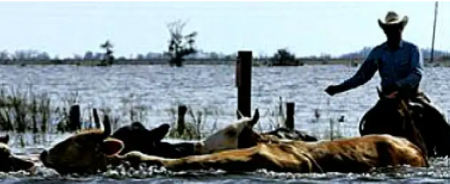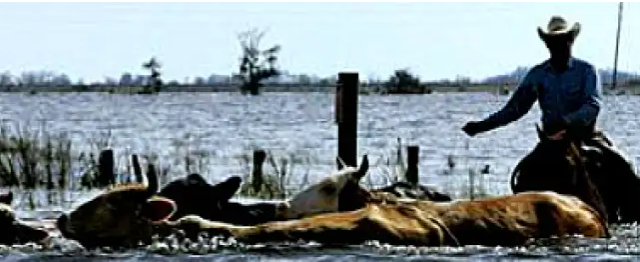Discover the diverse crops grown in ancient Mesopotamia. Uncover the agricultural marvels that fueled the Cradle of Civilization. Explore the staple grains, fruits, and vegetables that shaped this ancient society.
Mesopotamia, often referred to as the “Cradle of Civilization,” was a region in ancient times located in present-day Iraq, Kuwait, and parts of Syria and Turkey. With its fertile soil and advanced irrigation techniques, the people of Mesopotamia were able to cultivate various crops and establish a prosperous agricultural system. In this article, we will delve into the crops that Mesopotamians grew, exploring the key role they played in shaping the early human civilization.
What Crops Did Mesopotamia Grow?

Mesopotamia, often referred to as the “Cradle of Civilization,” was located in the fertile crescent, an area known for its rich soils and irrigation capabilities, which allowed for the flourishing of agriculture. The primary crops grown in ancient Mesopotamia included:
- Barley: The most important crop, used for making bread, porridge, and beer.
- Wheat: Also significant, used for bread and as a staple food.
- Dates: Grown in the abundant palm trees, dates were a major source of sweetness and were eaten fresh or dried.
- Flax: Grown for its fibers to make linen for clothing and for its seeds, which were used for oil.
- Vegetables and Legumes: Including onions, garlic, leeks, cucumbers, lentils, beans, and chickpeas, which were important in the diet.
- Fruits: Such as apples, pomegranates, grapes, and figs, were cultivated for food and wine-making.
- Spices and Herbs: Used for cooking and medicinal purposes.
Mesopotamians developed sophisticated irrigation techniques, such as canals and levees, to manage the flow of water from the Tigris and Euphrates rivers to their fields, enabling them to support a variety of crops in the semi-arid environment.
Conclusion
Mesopotamia, with its advanced agricultural practices, transformed from a barren land to a thriving civilization that depended on its crops for sustenance, trade, and cultural development. The cultivation of barley, wheat, dates, and various other crops played a significant role in the growth and prosperity of Mesopotamian society. By harnessing the power of the land and nature, the ancient Mesopotamians built the foundations for modern-day agriculture and left a lasting legacy that continues to influence the world today.
